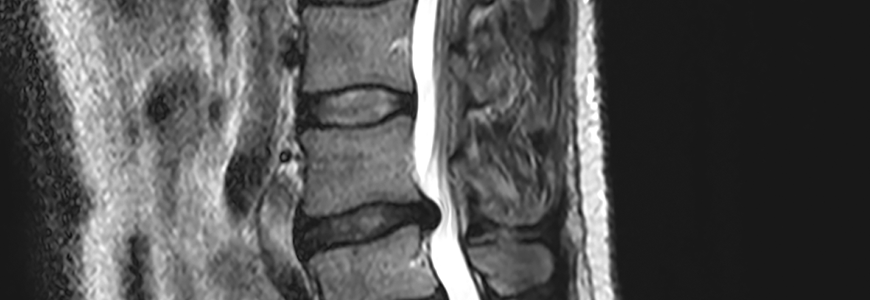Minimally invasive endoscopic procedures—which have revolutionized surgery and shortened recovery times—are starting to make their mark in the spinal area, according to Duke spine surgeon Peter M. Grossi, MD.
Grossi now performs these procedures in Wake County at Duke Raleigh Hospital for conditions such as herniated disks with just a 6-mm incision using a camera the size of a ballpoint pen or a drinking straw, enabling patients to be back to their normal activities much more quickly than with traditional methods. Spine surgeon Muhammad M. Abd-El-Barr, MD, PhD, also performs endoscopic procedures at Duke University Hospital in Durham County, but the expertise is still rare in the Southeastern U.S.
“Endoscopic spine surgery is the continuing progression in minimally invasive spine surgery,” Grossi says. “We have gone from a big, open incision with direct visualization to smaller incisions to tubular retractors. This is the next step.”
The approach can often be done while the patient is awake using regional rather than general anesthesia. Tubular retractors reduce the need to cut through soft tissues, resulting in less trauma to skin, muscle, and soft tissues as well as less blood loss. That leads to less post-operative pain and discomfort—and faster recovery and healing.
Grossi says that the surgery does not replace more conservative, frontline therapies, but it lowers the threshold for many patients—such as an otherwise healthy 45-year-old desperate to get back to working, playing golf, or participating in their children’s activities more quickly. The procedure has the added advantage that if the first try does not completely alleviate the symptoms, it does not preclude an experienced surgeon like Grossi or Abd-El-Barr from performing a more traditional surgical solution.
Grossi says perhaps the best example of its use is in a patient who has a fragmented herniated disk with leg pain, weakness, or numbness. It is not appropriate for chronic back pain, cases like scoliosis that require extensive surgery, or older adults with degenerative spine disease.
An endoscopic procedure can be useful as a follow-up procedure with some of these patients, however, due to its ability to clean up troublesome remnants after extensive surgery.
“Some patients who have had major spine surgeries with multiple lumbar fusions have a little persistent leg pain due to bone spurs,” Grossi says. “In these cases, you can go in with a camera and drill down on some of the arthritic bone to free up a nerve without having to deal will all the scar tissue in the midline.”
Grossi says that few centers offer endoscopic spine surgery because it is a highly specialized skill and is not for every patient. But his training in this cutting-edge, technically challenging technique as well as more traditional techniques enables him to offer each patient a plan tailored to their individual circumstances. For appropriate younger patients who have been told they need surgery but worry about the long-term ramifications, this minimally invasive option may help ease their minds.
Refer a Patient
To refer a patient, log in to Duke MedLink or call 800-633-3853.
